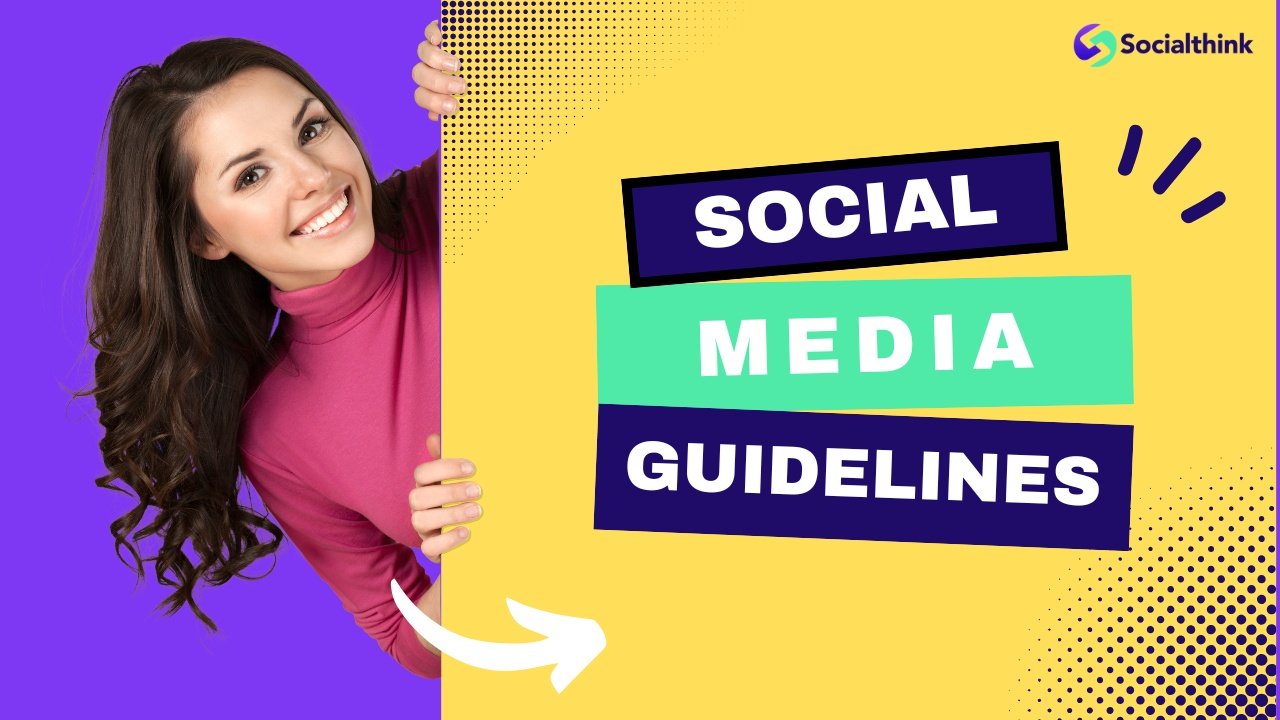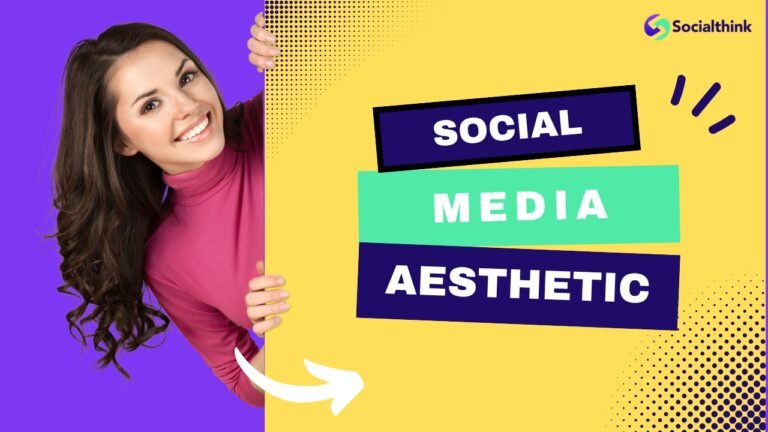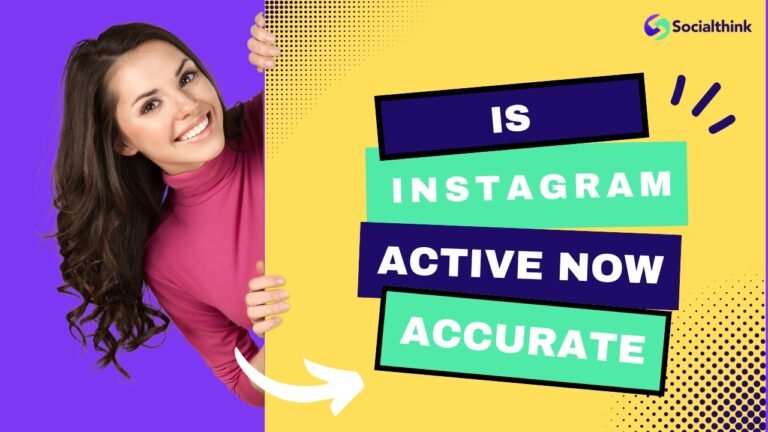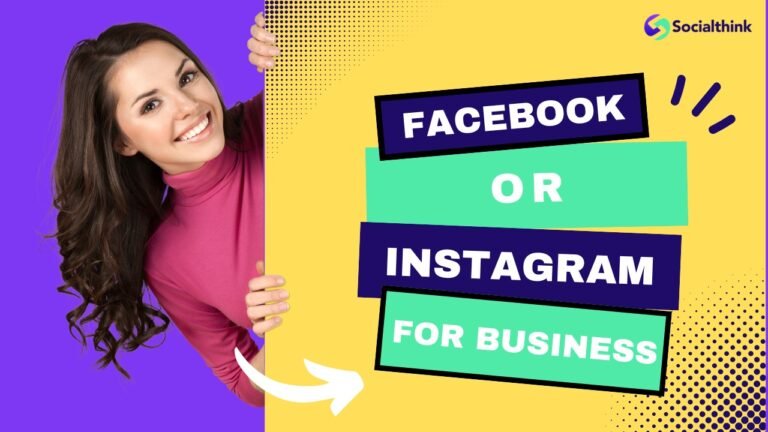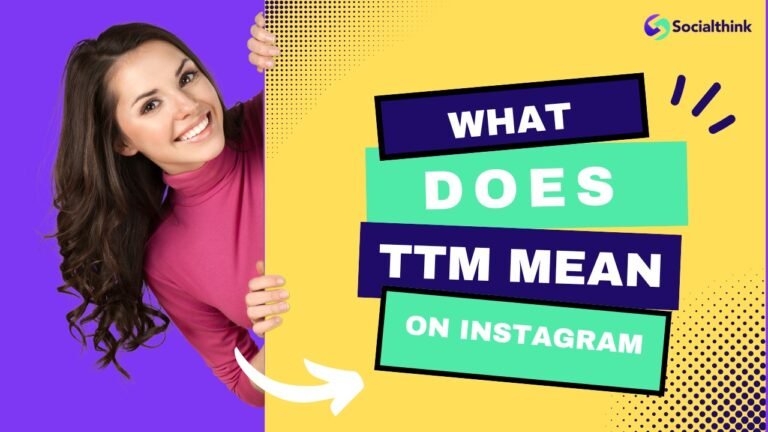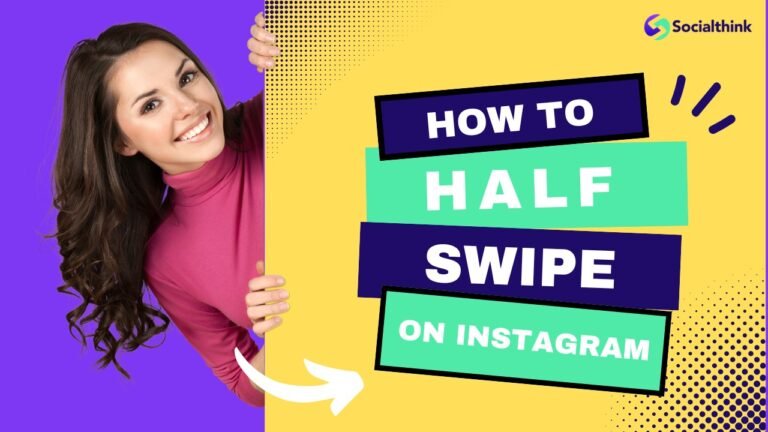Social Media Guidelines 101: What is it, How to Create w/ Examples
Social media has become an integral part of modern business strategies.
Its guidelines are essential for any organization looking to maintain a consistent and professional online presence. These guidelines serve as a roadmap for employees, helping them understand how to represent the company on various social platforms.
At Social Think, we specialize in providing actionable social media insights and analytics to help companies navigate the complex world of online engagement.
It recognizes the importance of well-created social media guidelines in building brand reputation and fostering employee advocacy.
Our expertise in social media strategy allows us to guide businesses towards achieving their goals through effective digital communication.
What Are Social Media Guidelines?
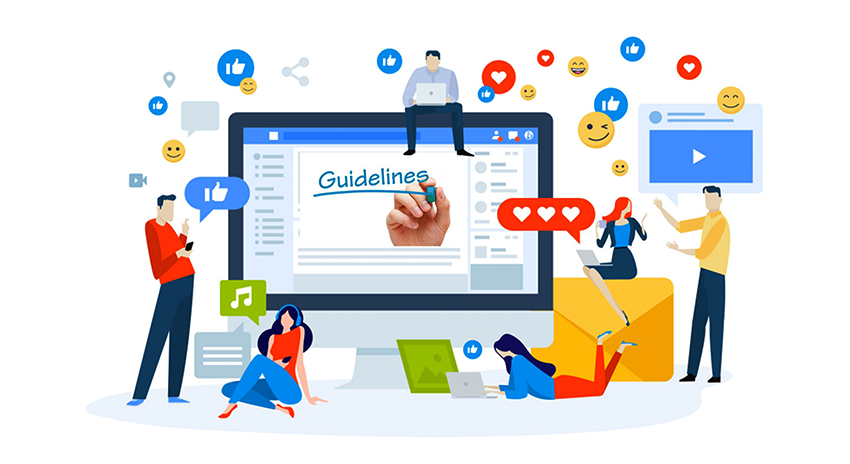
Social media guidelines are a set of rules and best practices that outline how an organization and its employees should conduct themselves on social networks. These guidelines help maintain a cohesive brand voice across all social channels while empowering team members to engage effectively with the target audience.
Why Do You Need Social Media Guidelines?

Clearly defined social media guidelines are important for many reasons:
- Protect Your Brand: Clear social media guidelines safeguard your brand reputation by ensuring that all social media content aligns with your company’s values and messaging. This consistency helps build trust with your audience and prevents potential PR crises.
- Stay in Line With Official Regulations: Many industries have specific regulations governing social media usage. Well-defined guidelines help ensure compliance with these rules, protecting your company from legal issues.
- Encourage Brand Advocacy: When employees understand how to represent the company on social media, they’re more likely to become brand advocates. This can significantly boost your social media presence and extend your reach.
Key Components of Social Media Guidelines
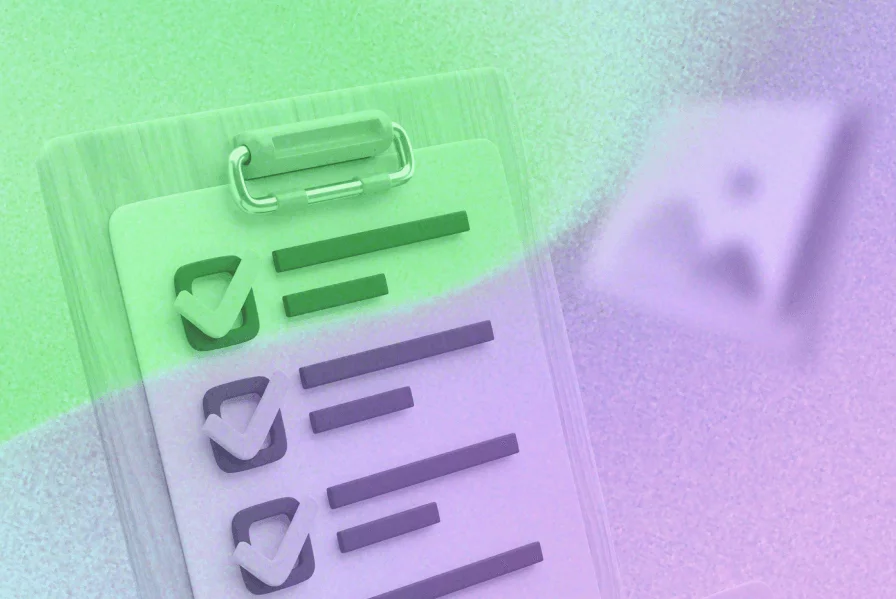
Effective guidelines include many important parts. They give clear information and direction to all people involved.
- Voice and Tone: Establish a consistent brand voice across all social channels. This helps maintain your brand identity and ensures that all team members communicate in a unified manner.
- Language and Grammar: Set standards for language use, including grammar, punctuation, and appropriate terminology. This maintains professionalism and clarity in your social media posts.
- Formatting: Provide guidelines on how to format social media content, including character limits, use of emojis, and structuring of posts for different platforms.
- Hashtags: Outline best practices for hashtag usage, including brand-specific hashtags and how to research trending topics relevant to your industry.
- Multimedia Standards: Establish guidelines for visual content, including image sizes, video formats, and branding elements to be used in social media posts.
Do’s and Don’ts of Social Media Guidelines
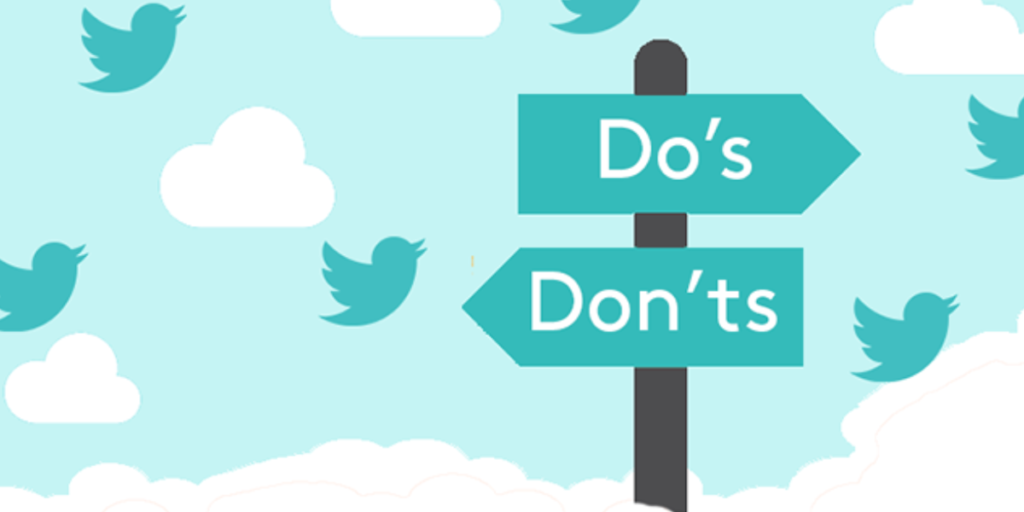
Here’s a simple list of what to do and what not to do for your social media rules.
Do’s
- Encourage employees to share company content on their personal social media accounts
- Provide clear instructions on how to handle customer service inquiries on social platforms
- Offer guidance on the best times to schedule posts for maximum engagement
- Promote the use of a social management tool for consistent posting and monitoring
Don’ts
- Don’t share confidential company information on social media
- Avoid engaging in conflicts of interest or promoting competitors
- Don’t post content that could be considered offensive or discriminatory
- Avoid sharing unverified information or participating in spreading misinformation
Creating Effective Social Media Guidelines

Creating a strong set of guidelines can be simple. Here’s a clear, step-by-step plan:
- Summarize the Guidelines: Provide a concise summary of your social media guidelines that employees can easily reference. This ensures that key points are quickly accessible.
- Be Clear About Your Purpose: Explain why the guidelines exist and how they benefit both the company and employees. This helps foster buy-in and compliance.
- Include Important Information: Cover all necessary topics, such as legal matters, brand voice, and content creation best practices. Ensure that the guidelines are comprehensive yet easy to understand.
- Outline the Approval Process: Clearly define the process for getting social media content approved, including who needs to review posts and how long the approval process typically takes.
12 Social Media Guidelines For Employees

- Follow the Code of Conduct: Remind employees that the company’s code of conduct applies to their social media behavior, both on personal and professional accounts.
- Avoid Disclosing Confidential Company Information: Stress the importance of keeping sensitive information private and not sharing it on social platforms.
- Prioritize Inclusivity: Encourage employees to create content that is inclusive and respectful of diverse audiences.
- Respect Intellectual Property: Provide guidance on properly crediting sources and obtaining permissions for using copyrighted material.
- Take Cyber Safety Into Consideration: Offer tips on maintaining online security and protecting personal information.
- Disclose Company Association: Instruct employees to clearly state their affiliation with the company when discussing work-related topics on personal accounts.
- Avoid Conflicts of Interest: Provide examples of potential conflicts of interest and how to avoid them on social media.
- Respect Co-Workers’ Privacy: Remind employees to obtain permission before tagging or mentioning colleagues in social media posts.
- Respond Appropriately to Argumentative Content: Offer strategies for handling negative comments or criticism professionally.
- Legally Off-Limit Topics: Clearly outline topics that are off-limits due to legal or regulatory constraints.
- Posting Political Content and Misinformation: Provide guidance on how to handle political discussions and the importance of fact-checking before sharing information.
- When In Doubt – Just Ask: Encourage employees to seek clarification from the social media team or management if they’re unsure about posting something.
Social Media Takeovers
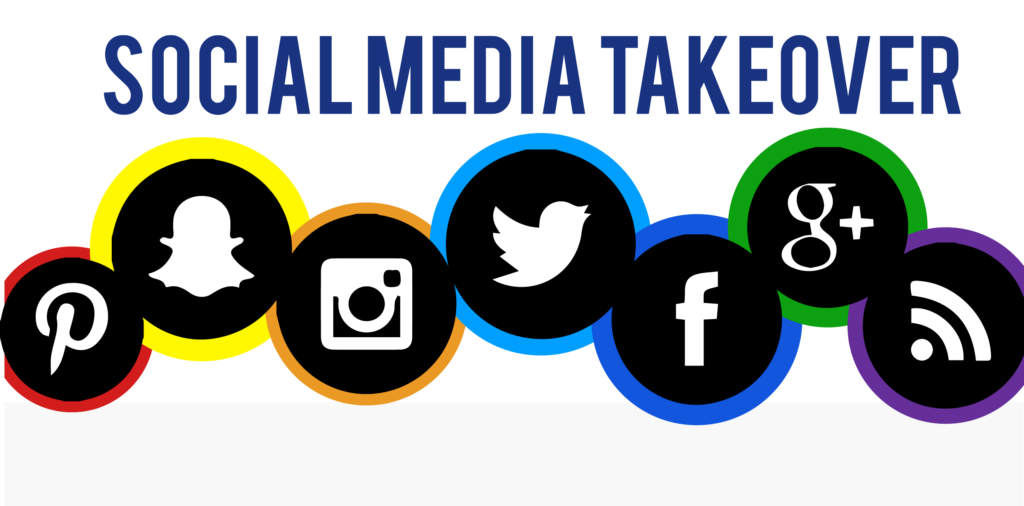
Social media takeovers are a powerful tool in a brand’s social media strategy.
At Social Think, we’ve seen firsthand how these collaborative efforts can boost a company’s online presence and engage audiences in new ways.
A takeover involves handing over control of your social media accounts to an influencer, employee, or industry expert for a set period. This fresh perspective can breathe new life into your social channels and expose your brand to new audiences.
Benefits of Social Media Takeovers
Takeovers offer numerous advantages for brands looking to enhance their social media presence.
First, they significantly expand your reach by tapping into the guest’s follower base. This exposure can lead to increased brand awareness and potentially new customers. Takeovers also boost engagement, as followers are often excited to interact with fresh content and a new voice. They provide an opportunity to showcase your company culture, especially when employees take the reins.
Lastly, partnering with industry experts can lend credibility to your brand and position you as a thought leader in your field.
Preparing For a Social Media Takeover
Successful takeovers require careful planning and clear communication.
Start by setting clear goals for the takeover – whether it’s increasing followers, boosting engagement, or promoting a new product. Choose a guest who aligns with your brand values and has a relevant audience.
Work together to create a content plan that blends their style with your brand voice.
Establish guidelines for posting, including any topics to avoid and how to handle customer interactions. Prepare your regular followers by announcing the takeover in advance, building anticipation for the event.
Promoting and Monitoring Social Media Takeovers
Promotion is key to maximizing the impact of your takeover. Use your social channels to build excitement leading up to the event.
Create a unique hashtag for the takeover to track engagement and encourage participation. During the takeover, actively monitor the account to ensure everything runs smoothly. Engage with comments and shares to keep the momentum going.
After the takeover, analyze the results using your social media management tools. Look at metrics like reach, engagement rates, and follower growth to measure success. Use these insights to refine your approach for future takeovers.
Social Media Guidelines Examples
- Education: Educational institutions usually have detailed rules for social media. These rules affect students, faculty, and staff. They often cover topics like behaving well online, showing the institution’s values, and keeping students’ privacy safe.
- Government: Government agencies create social media rules that focus on being clear, correct, and responsible when sharing information. These rules help make sure that their official messages follow the law and build trust with the public.
- Healthcare: The healthcare industry follows strict rules about privacy. Social media guidelines for healthcare workers focus on patient privacy, confidentiality, and keeping a professional image online.
- Other brands: Many different brands in various industries have their own social media rules. This applies to large companies, small businesses, and marketing agencies. These rules are changed to fit their business model, target audience, and brand guidelines. This helps them keep their messaging consistent and protect their interests.
FAQ’s:
What’s the Difference Between Social Media Guidelines and a Social Media Policy?
Think of guidelines as friendly advice, while policies are more like rules. Guidelines give you flexibility to adapt to different situations, but policies are strict and must be followed to the letter. Both help shape your social media presence but in different ways.
Who Should Social Media Guidelines Apply To?
Everyone in the company! From the CEO to the newest intern, we’re all brand ambassadors online. Your personal posts can reflect on the company, so it’s important for all team members to understand how to represent the brand positively on social media.
How Often Should Social Media Guidelines Be Updated?
Social media moves fast, so your guidelines should keep up. Aim for a yearly review, but don’t wait if big changes happen. If a new platform takes off or your company strategy shifts, update your guidelines to stay current and relevant.
Can Employees Be Involved in Creating Social Media Guidelines?
Absolutely! Your team’s input is gold. They’re on the front lines of social media and can offer real-world insights. Plus, when employees help create the guidelines, they’re more likely to follow them. It’s a win-win for everyone.
How Can I Ensure Employees Follow the Social Media Guidelines?
Make it easy and fun! Regular training keeps everyone up to speed. Keep your guidelines accessible – maybe create a quick-reference cheat sheet. And don’t forget to celebrate when team members nail it on social media. Positive reinforcement goes a long way.
Conclusion
At Social Think, we’ve seen how solid social media guidelines can transform a company’s online presence. They’re not just rules on paper – they’re the secret sauce that turns your whole team into social media superstars.
Good guidelines protect your brand, sure, but they also empower your employees to share their authentic experiences and connect with your audience in meaningful ways.
Remember, the online world is always changing, and your guidelines should evolve too. Keep them fresh, keep them relevant, and most importantly, keep them working for you. Whether you’re just starting or looking to revamp your existing guidelines, we’re here to help.
Let’s work together to create guidelines that reflect your unique brand voice and business goals.
With the right approach, your social media presence can become a powerful tool for growth and engagement. Ready to take your social media game to the next level? Give us a shout – we can’t wait to see what we’ll create together!

